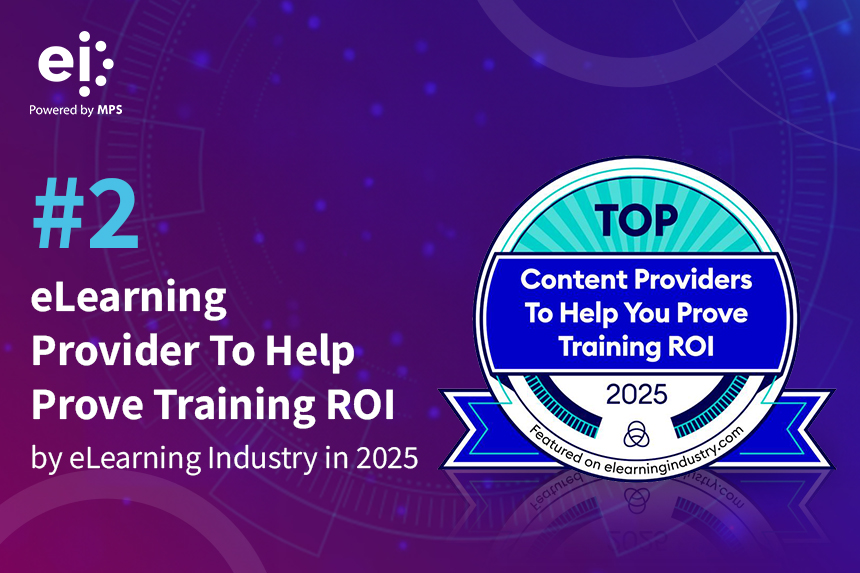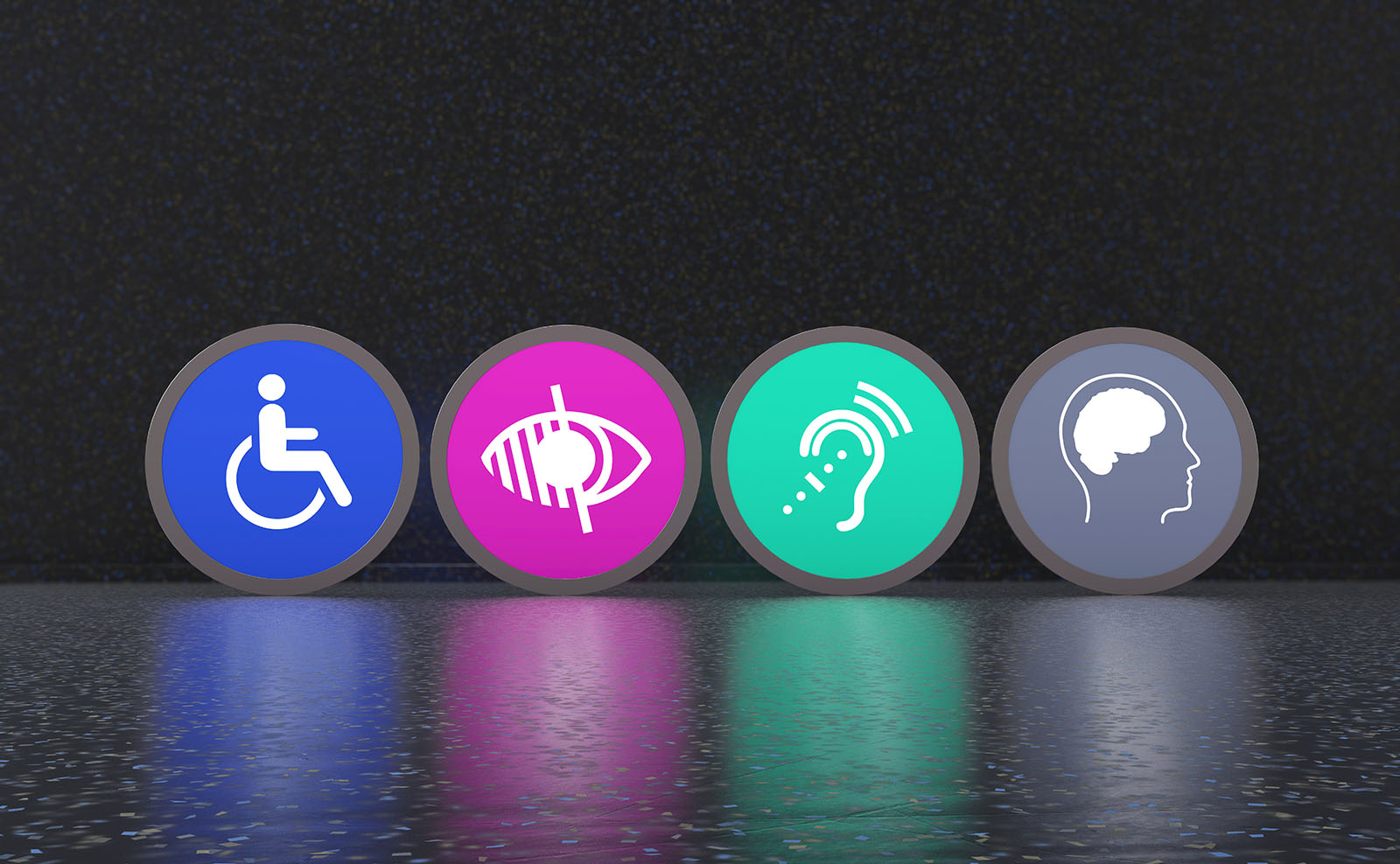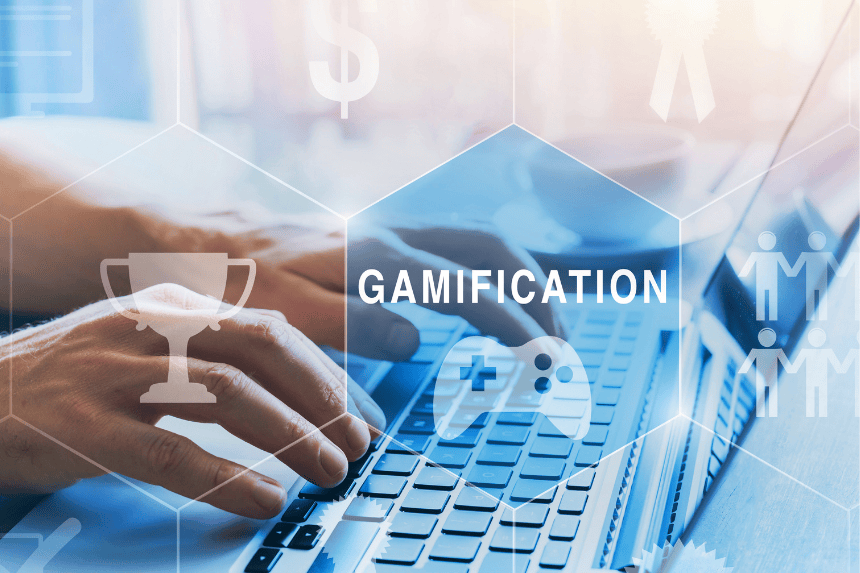
In the age of shifting job markets, skill development is embedded into daily work. By updating outdated methods and integrating learning into tasks, organizations ensure skills remain relevant and offer timely learning aligned with job demands.
The Changing Landscape of Learning and Work
Traditionally, learning and work were distinct entities, with training often occurring outside regular working hours or as standalone events. This approach has proven inadequate in contemporary work settings, where 88% of employees report difficulty applying skills from isolated training sessions to their daily responsibilities, resulting in a significant implementation gap.
To address this issue, Learning and Development (L&D) must transition from a traditional training model to promoting continuous, skill-based learning embedded in daily workflows. By integrating learning into everyday tasks, L&D ensures employees access relevant and personalized content precisely when needed. This approach enhances skill development and practical application, ultimately leading to improved performance and organizational outcomes.
For example, an energy company might use predictive analytics to identify future skill gaps due to digital transformation. By proactively offering targeted training in areas like data analytics and cybersecurity, they can ensure their workforce is future-ready. Similarly, a pharmaceutical company can fast-track high-potential employees in critical roles through accelerated learning programs, addressing talent shortages effectively.
The Significance of Embedding Skill Development into Daily Work
- Meeting Evolving Worker Expectations: Workers today expect learning to be a core component of their work experience. Integrating skill development into daily tasks meets these expectations, fostering continuous growth and boosting employee engagement and satisfaction. This further has a positive impact on retention and engagement.
- Benefits for Employees and Organizations: Embedding skill development into daily work offers significant advantages. Employees benefit from ongoing growth opportunities and immediate skill application, which enhances productivity and job satisfaction. Organizations gain from regularly updated skills, supporting agility and maintaining competitiveness.
7 Proven Strategies to Infuse Skill Building into Everyday Work
-
Embed Learning Tools within Work Processes
Seamlessly integrating learning tools directly into work environments helps make skill development a natural part of the workflow. This strategy involves embedding learning resources within the platforms and tools employees use daily.
Implementation Tips:
- Identify Key Platforms and Tools: Evaluate the tools and platforms most commonly utilized by employees.
- Update Instructional Content: Embed training materials within these tools to enhance accessibility and ensure seamless workflow.
-
Create Realistic Learning Experiences
Using cutting-edge technologies to imitate work scenarios and give employees a safe controlled environment to practice skills and make decisions is a key component of developing realistic learning experiences. This method allows them to obtain practical experience without interfering with their regular tasks.
- Simulations: Virtual Reality (VR) builds immersive environments where employees can practice difficult tasks and scenarios—like operating machinery or handling emergency situations—without fear of repercussions in the real world. VR is especially helpful for complicated procedures or high-risk tasks where practical experience is essential but possibly hazardous.
- Digital Role-play Scenarios: Role-playing games imitate real-life situations through interactive digital platforms. These virtual settings offer employees practical experience and feedback through scenarios such as customer interactions, conflict resolution, or leadership challenges.
- Immersive Learning: By superimposing digital data on the actual workplace environment, Augmented Reality (AR) improves learning by offering real-time direction and contextual support. For example, AR can seamlessly integrate learning into daily activities by highlighting areas of interest on machinery during maintenance tasks or displaying step-by-step instructions.
Implementation Tips:
- Choose Technology That Meets Your Organization’s Specific Needs: Select AR, VR, or role-playing technologies according to the scenarios and skills that are pertinent to your workforce. Make sure the technology meets the objectives of your organization as well as the specific needs of the roles for which it is being trained.
- Ensure Learning Experiences Are Highly Relevant to Real Job Tasks: Create role-playing games and simulation-based training that closely mimic the difficulties and tasks employees encounter on a daily basis. They are better able to transfer what they have learned to the real world when the experience is more relevant.
-
Leverage Performance Data for Continuous Improvement
Leveraging performance data involves equipping employees with practical insights that encourage continuous skill enhancement and development through analytics and immediate feedback. This methodology enables employees to gain a clearer understanding of their performance, identify areas needing improvement, and make informed choices to advance their skills.
It is essential to integrate real-time feedback tools into workplace applications to deliver prompt insights regarding employee performance. These tools can be integrated into existing platforms such as project management software or CRM systems, offering contextual feedback as employees complete tasks or projects.
Implementation Tips:
- Dashboards That Track Individual and Team Performance Metrics: Develop and employ dashboards that offer a comprehensive perspective of performance metrics for both individual and team members. These dashboards should measure important metrics like output accuracy and completion rates so that managers can track developments and spot patterns.
- Ensure Data Is Updated Frequently and Stays Relevant: Update performance data frequently to guarantee its accuracy and relevance. In order to present a clear, actionable picture of performance, this entails keeping up-to-date metrics and eliminating outdated information.
- Train Employees on Interpreting and Using Data to Drive Self-Improvement: Train employees to comprehend performance data interpretation and how to use it to guide their own personal growth. In order to improve abilities and productivity, this includes setting personal improvement goals, spotting trends, and making data-driven choices.
-
Reward Learning Efforts
To foster a culture of continuous development, skill-based organizations should recognize and reward both formal and informal learning. Implement systems to log and showcase peer learning and on-the-job training via digital platforms, where employees can share milestones and certifications.
Offer incentives such as awards, certifications, bonuses, paid time off, and career advancement opportunities. This approach encourages ongoing engagement and embeds learning as a core aspect of company culture, driving skill enhancement and overall organizational growth.
Implementation Tips:
- Create a Structured System for Monitoring and Identifying Learning Activities: Formal courses, on-the-job training, and informal peer-to-peer learning should all be tracked through this system. Make sure this system is easy to use and accessible.
- Encourage Employees to Share and Document Their Learning Journeys: Create an environment where they are inspired to share and document their learning experiences. This can be accomplished through learning management systems or internal communication channels where successes are acknowledged and shared with the public.
-
Encourage Continuous Learning & Development
- Creating an environment that motivates employees to continually learn and grow involves providing clear career development pathways and linking these pathways to skill development.
- Develop clear career development pathways that are linked to skill acquisition and performance. Ensure employees understand how their learning efforts translate into career advancement opportunities.
Implementation Tips:
- Align Development Opportunities with Organizational and Individual Goals: Ensure that learning and development opportunities are in line with the organizations strategic goals as well as each employee’s personal aspirations. This congruence contributes to the relevance and motivation of learning.
- Clearly Communicate the Advantages of Continuous Learning and Growth: Remind employees of the frequent advantages of continuous learning and development. Stress how their professional growth and the success of the company can be impacted by continued development.
-
Creating a Collaborative Learning Environment
Utilizing daily job activity tools to create a collaborative learning environment can enhance knowledge sharing and team development.
Use communication and collaboration platforms to centralize team interactions. These platforms can support content posting, commenting, and file sharing, which encourages social learning and peer-to-peer knowledge exchange.
Implementation Tips:
- Identify and Employ Systems That Support Social Learning: Select learning activities that are easily integrated into regular workflows by employing systems that facilitate social learning. Make sure these systems promote teamwork and are use-friendly.
- Encourage Features That Facilitate Peer Learning: The utilization of platform features that facilitate peer learning and interaction like discussion boards, group chats, and cooperative projects should be encouraged.
-
Integrate Effective Learning Delivery Methods
Integrating effective learning delivery methods ensures that learning is relevant, accessible, and practical for employees.
- Personalization: Customize learning content to each employees’ unique requirements and professional objectives. Analyze data to identify skill gaps and offer training that is customized to the needs of the organization and the individual.
- Performance Support: Provide tools and materials to support real-time learning during on-the-job training. Tools for performance support should be easily accessible and made to help employees complete their jobs.
- Microlearning: Include training in brief, targeted chunks that fit into regular work schedules. Microlearning modules are useful for reinforcing key knowledge and skills because they reduce information overload and improve retention.
Conclusion
To ensure a positive ROI and a future-ready workforce, skill-based organizations must integrate skill-building into daily workflows. Establishing a culture of continuous improvement involves using learning tools, realistic experiences, performance data, and rewarding teamwork. These strategies make learning relevant and engaging, driving individual and organizational growth.



